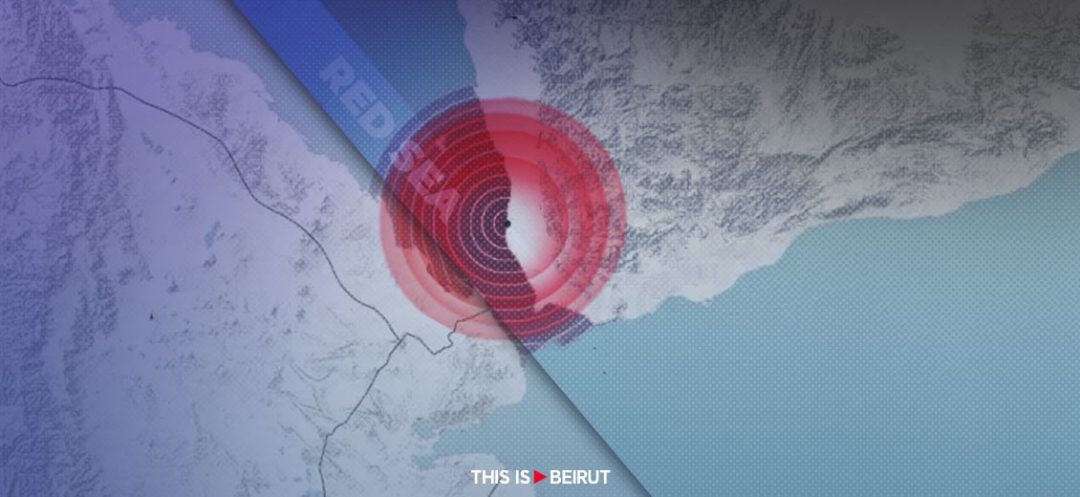- Home
- Middle East
- Turmoil in the Red Sea: What’s Next?

The Red Sea area is a strategic one for countries in its vicinity and for the entire global trade. It is a point of transit that shortens distances, from the Far East to the Middle East and the Mediterranean, all the way to Europe and the northern areas.
The importance of this maritime passageway cannot be overstated, as it reduces the expenses and shipping costs of goods between the three continents, allowing ships to skip long trips around Africa to reach farther areas.
When Israel declared war against Gaza on October 7 following the operation “Al-Aqsa Flood,” the Houthis intervened by obstructing ships at sea in support of the Palestinians, refusing the war altogether. The Shiite militia even bombarded the Israeli town of Eilat in the context of an exchange of military messages. That being said, it was denied several times that these messages were addressed by Tehran to the United States and Israel.
Although Hezbollah and the Houthis were mobilized, on the front in South Lebanon and in the Red Sea respectively, the Syrian army remained idle when it came to its occupied territory, and Egypt and Jordan – both signatories of a peace treaty with Israel, the Camp David accords in 1979, and the Wadi ‘Araba agreement in 1994 – maintained peace on their borders.
However, the attacks mounted by the Houthis did not go unpunished by the West. In fact, last December, the United States declared “Operation Prosperity Guardian,” an international military coalition that aims to protect the Red Sea against Houthi attacks. Since January 12, the US and the UK have been targeting Houthi positions inside Yemen.
According to some, Washington, aware as it is of the strategic relevance of the Red Sea since the October 1973 war, would not take lightly to warring sides putting its security at risk. Therefore, it is not unlikely that it would capitalize on Houthi operations to militarize the Red Sea, and take control of it and the Bab el-Mandeb Strait.
As a natural consequence, American troops would flock to the area in large numbers and establish a base to safeguard United States interests in the region and protect Israel. This would turn the Red Sea into a theatre of international conflict, given the 11 military bases – belonging to rival countries on the regional and international levels – located near it, around the Horn of Africa. Subsequently, should the conflict escalate, an international war would be sparked and a new reality would be imposed on the Red Sea and international navigation, a matter of prime strategic importance for Washington.
On the other hand, some believe that containing the Houthis in Yemen is not an impossibility and that solutions are available; recognizing the new reality in Yemen, finding an internal political formula that would guarantee representation for all, fostering reconciliation with Saudi Arabia, and endeavoring to dissociate the Houthi movement from Iran, by providing financial aid that would solve the issue of extreme poverty in the country.
Regardless, although some attacks launched by the West against the Houthis proved painful, they were not enough to eliminate the movement completely or even weaken it to the extent wished by the attackers – rendering it incapable of obstructing ships and bombing Israel – given all the support that the Shiite organization has been receiving from Iran over the years.
The Houthis have carved a place for themselves in this far-reaching conflict, but this does not mean that their contribution will ensure the “unification of fronts” that the Axis of Resistance was so eager to achieve; it soon realized that its application is challenging politically and logistically, as it relies on the will of Iran alone. The Red Sea area will remain open to all scenarios, and containing the belligerent Houthis will be no easy task.
Read more




Comments